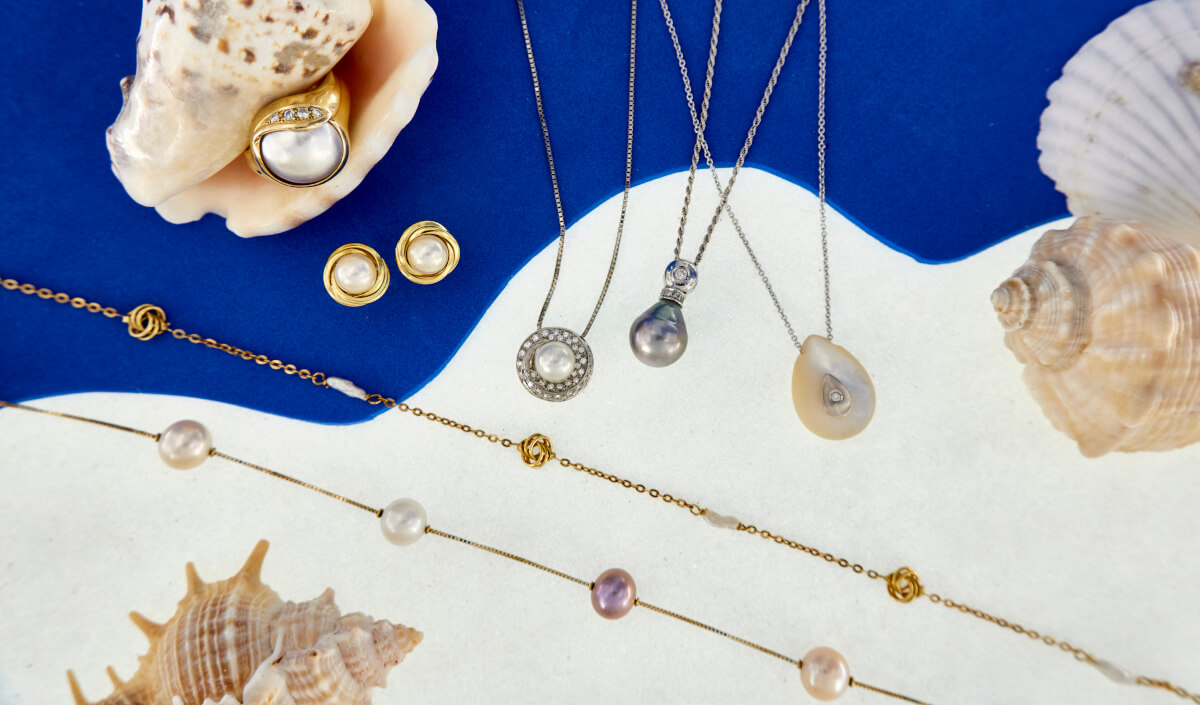
A true pearls necklace never goes out of trend. Learn more about the queen of classic and trendy styles.
Have you ever observed closer the unrivalled fineness of a true pearls necklace? In combination with sober pearl earrings and also a pearl bracelet to obtain a parure of the utmost elegance, it confirms itself as an indispensable jewel for anyone who loves a distinct and elegant style.
Let’s take a back step: how is a pearl born?
From water to pearl earrings: the origins
These precious elements with their characteristic milky color are formed when a foreign element (for example a grain of sand, but also a small seaweed or a fragment of shell) accidentally enters in a mollusk causing a very particular reaction of isolation.
Not being able to free itself from the intruder. In fact, the animal starts to secrete a particular substance, the mother-of-pearl, which goes to envelop the foreign body in this way making it harmless.
Today this process is cleverly powered by man to obtain cultured pearls, now accessible to everyone.
Necklaces with pearls: yesterday and today
Human attempts to introduce foreign elements (called nucleus) in pearl mollusks to obtain this precious jewel began several centuries ago. Kokichi Mikimoto, the “lord of pearls”, with his meticulous method succeeded at the beginning of the 1900’s. He had good results and democratized pearls.
It is not just a coincidence that Japanese lands are the origin of the traditional activity of the “ama”. Underwater fisherwomen who specialize in the manual collection of pearls in the Japanese sea.
Fortunately, today to create a bracelet of real pearls it is not necessary to employ dangerous techniques. The production of these precious organic gems, in fact, has been optimized to offer beautiful and most of all attainable products.
Types of true pearls
Cultured pearls are divided into freshwater pearls (also known as ” river pearls”) and saltwater pearls. The latter are classified according to the place of origin in three distinct types: Akoya (or Japanese pearls), Tahitian dark pearls and South Sea (Australian) pearls.
In addition to the origin, another determining characteristic in identifying the type of pearl is certainly the shape. If traditional Japanese pearls are spherical (the most valuable and expensive), it is possible to obtain beautiful jewelry, necklaces and pendants with particular pearls also using oval shapes. But we also have the drop, rice or baroque shapes, that is particularly irregular. In terms of size, the pearls usually in the market have a diameter of approximately from 4 to 8 millimeters. Black and Australian pearls are larger and can reach 10 or 15 mm.
The traditional color of pearls is white and ivory, used in many traditional jewelry such as double pearl earrings or the classic necklace gold and pearls, however there are pearls of other colors. Orange, gold, gray and black with different shades that go from gray to pink, from green to purple.
Necklace with true or fake pearls?
In addition to the true pearls (natural or cultured), today the market offers a wide variety of imitations in plastic or glass, such as famous Majorca pearls. If you want to buy jewelry such as a pair of gold and pearl earrings, you can check the type of material used starting from the weight and temperature. Plastic pearls are particularly light and to the touch they are smooth and warm. In general all imitation pearls, including glass ones, reveal their nature if you rub them gently against each other (the absence of friction reveals the lack of imperfections typical of natural pearls).
From the jewels worn by the nobility in past centuries to the worn by Ariana Grande, the “gifts of the oyster” never stop making us dream. Discover Ledial’s proposals by clicking here.

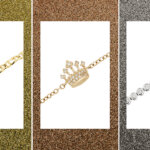
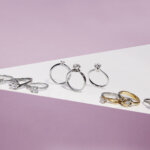
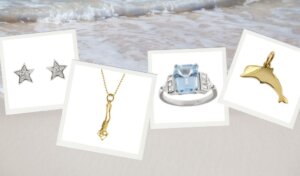

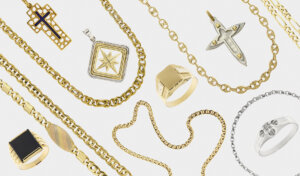
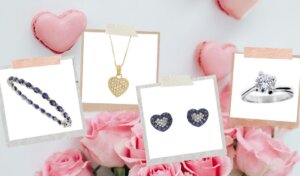
No comment yet, add your voice below!